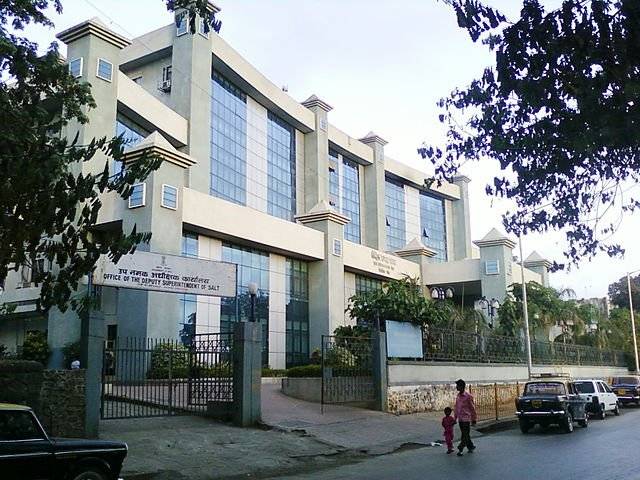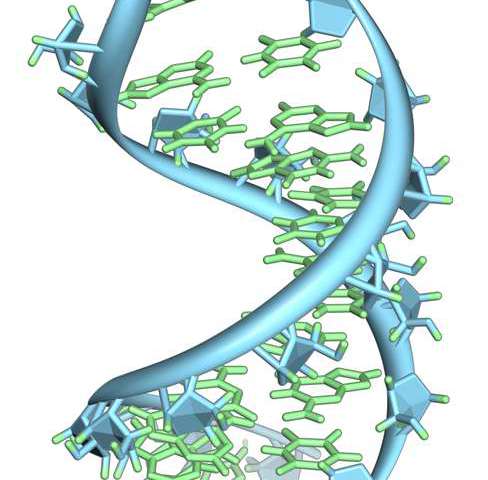India has upgraded Electronic filing facility of patents which was launched 5 years ago. The Indian Patent Office (IPO) first launched the e-filing services for patents in the year 2007 which enabled online filing of new applications for patents. The service is successfully being used by stakeholders. Appreciating the significance, the IPO has further developed the system so as to cover comprehensive e-filing for patents, wherein, in addition to online filing of new applications, subsequent filings have also been integrated. On…







